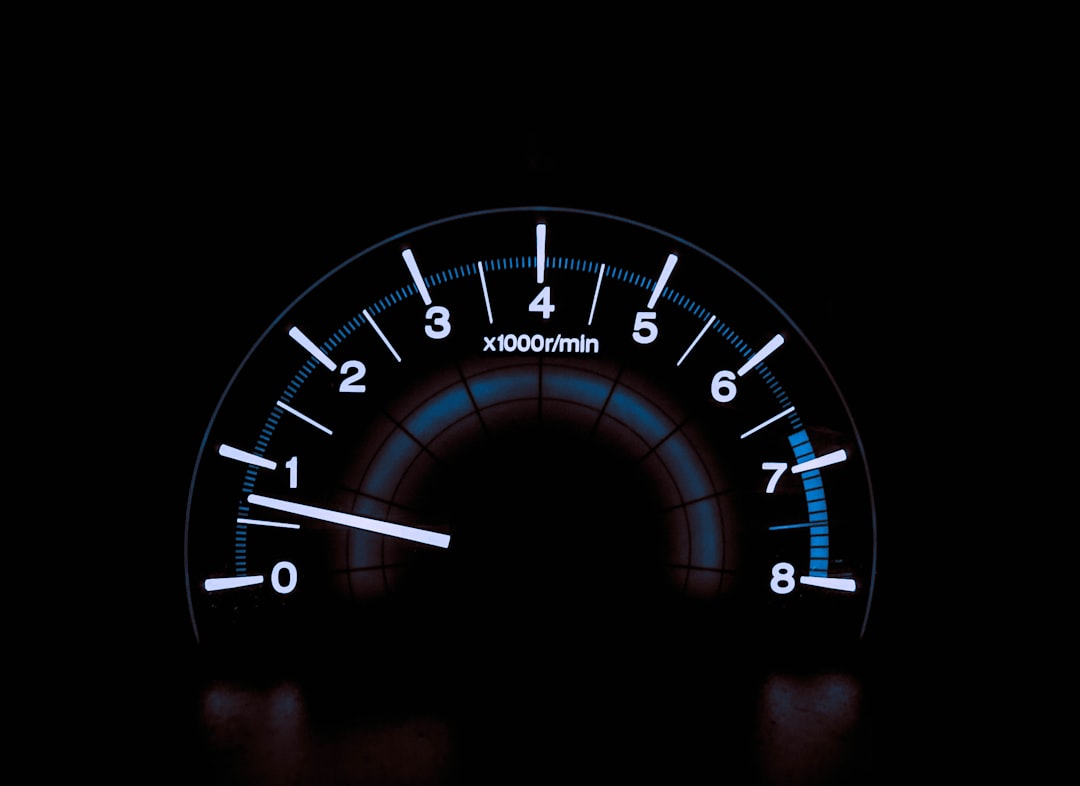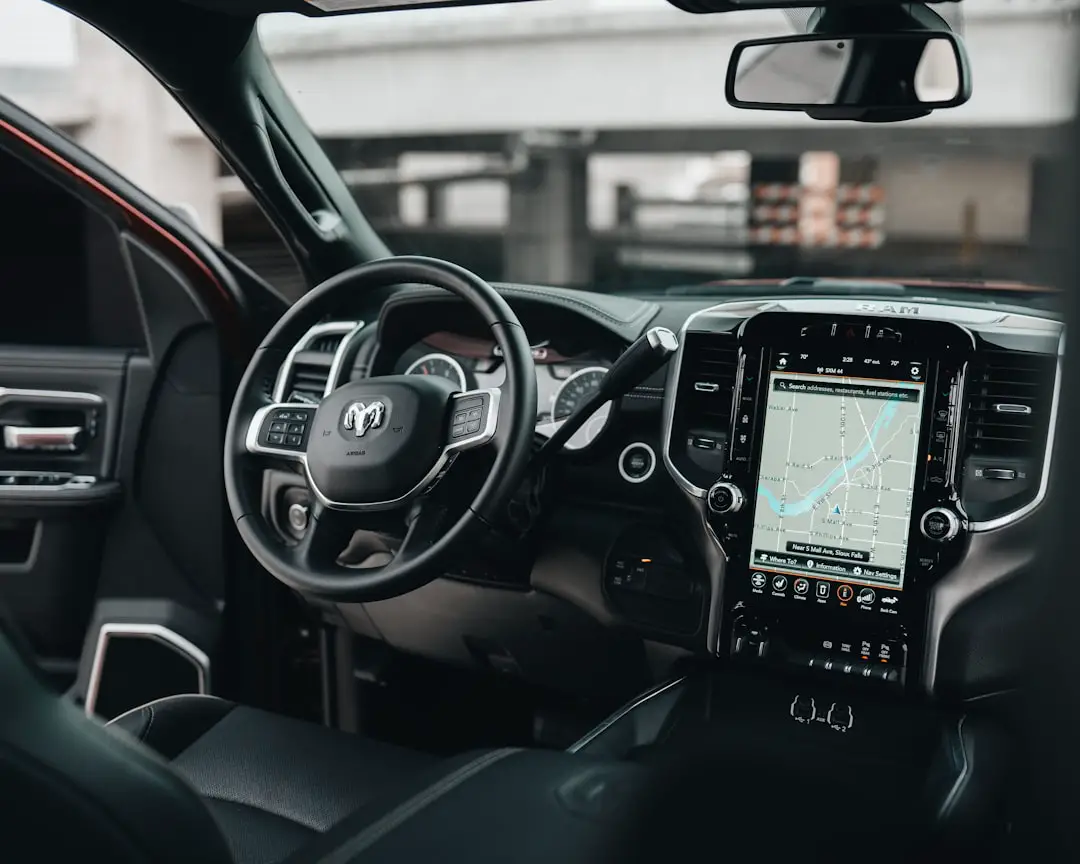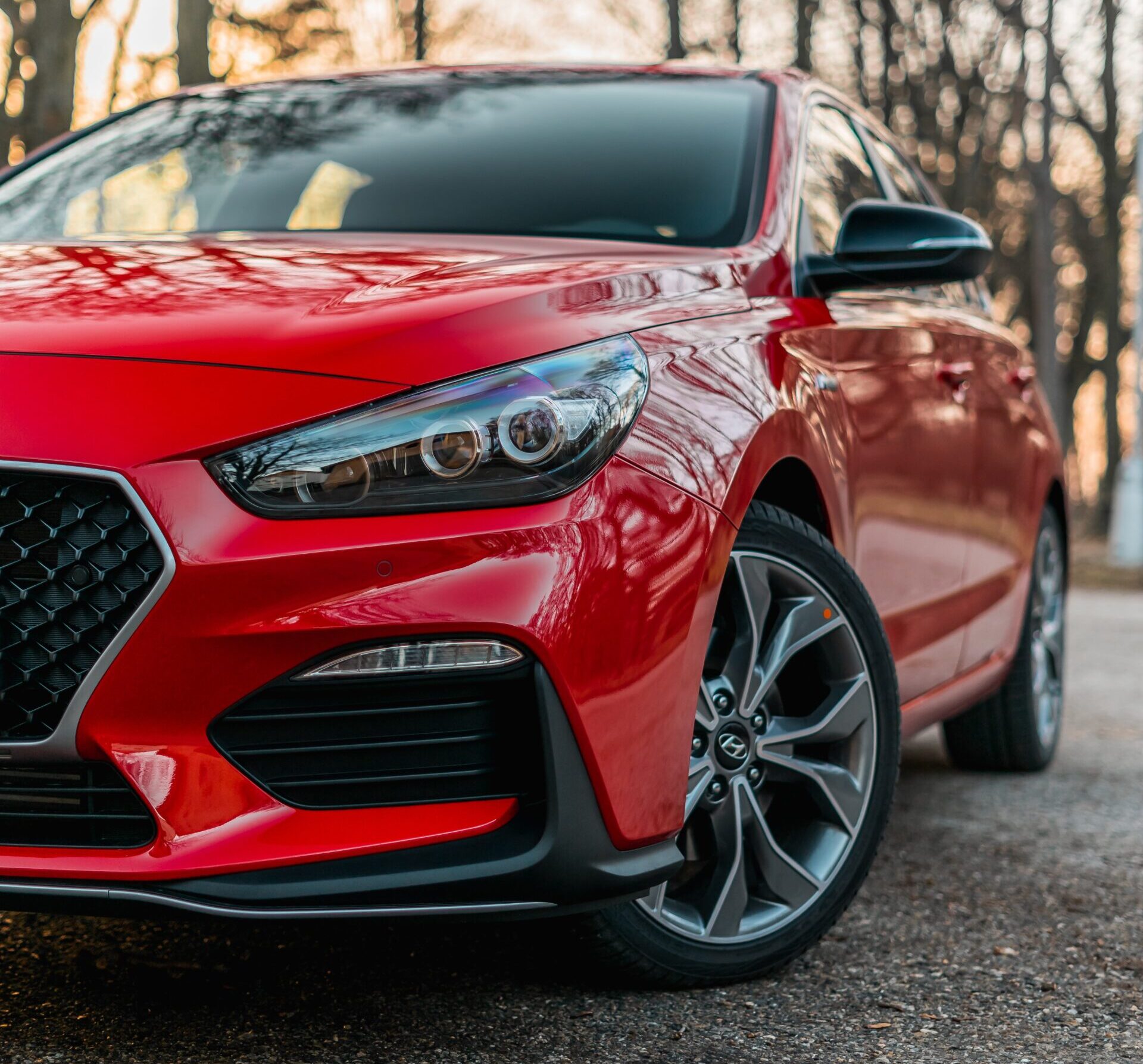Support our educational content for free when you purchase through links on our site. Learn more
Lease to Buy Car: Pros and Cons [2024] 🚗
Picture this: you’re standing in a car dealership, weighing your options. Should you lease a car or buy it outright? It’s a tough decision, and one that many people face when looking for a new set of wheels. In this article, we’ll dive deep into the pros and cons of leasing to buy a car, so you can make an informed choice that suits your needs and budget. We’ll cover everything from the cost considerations to negotiating the price, and we’ll even throw in some helpful tips and facts along the way. So buckle up and let’s get started!
Table of Contents
- Quick Answer
- Quick Tips and Facts
- Background: The Evolution of Car Leasing
- Lease to Buy Car: Key Considerations
- How Much Does it Cost to Buy a Leased Car?
- Negotiating the Price: Getting the Best Deal
- Lease to Buy vs. Traditional Financing: The Bottom Line
- Lease to Buy Car: Pros and Cons
- FAQ
- Conclusion
- Recommended Links
- Reference Links
Quick Answer
Leasing to buy a car can be a smart financial move for some, but it’s not without its drawbacks. The main advantage of leasing to buy is the lower monthly payments compared to traditional financing. However, you’ll need to consider factors like mileage restrictions, wear and tear fees, and the overall cost of the lease before making a decision. If you’re someone who likes to drive a new car every few years and doesn’t mind the limitations of a lease, then leasing to buy might be a good option for you. Just make sure to weigh the pros and cons carefully before signing on the dotted line!
👉 CHECK PRICE on: Car Manufacturers Website | TrueCar | Edmunds | Auto Trader
Quick Tips and Facts
Before we dive into the nitty-gritty details, here are some quick tips and facts to keep in mind when considering leasing to buy a car:
✅ Leasing to buy allows you to drive a new car every few years without the commitment of ownership.
✅ Leasing often comes with lower monthly payments compared to traditional financing.
✅ Leasing to buy can be a good option if you like the idea of driving a new car and don’t mind the limitations of a lease.
❌ Leasing to buy comes with mileage restrictions and wear and tear fees that can add up if you exceed them.
❌ Leasing to buy means you won’t own the car outright until the end of the lease term, which can be a drawback for some.
Now that we’ve covered the basics, let’s take a closer look at the background and history of car leasing.
Background: The Evolution of Car Leasing

Car leasing has come a long way since its inception. In the early days, leasing was primarily used by businesses and individuals who needed a vehicle for a short period of time. However, as the automotive industry evolved, so did the concept of leasing. Today, leasing has become a popular alternative to traditional financing for many consumers.
Leasing a car allows you to drive a new vehicle for a set period of time, typically two to four years, while making monthly payments. At the end of the lease term, you have the option to either return the car or buy it outright. This flexibility is what makes leasing to buy an attractive option for some car shoppers.
Lease to Buy Car: Key Considerations
When considering leasing to buy a car, there are several key factors to keep in mind. Let’s take a closer look at each one:
1. Monthly Payments
One of the main advantages of leasing to buy is the lower monthly payments compared to traditional financing. Since you’re only paying for the depreciation of the vehicle during the lease term, rather than the full purchase price, your monthly payments are typically lower. This can be a significant benefit if you’re on a tight budget or prefer to allocate your funds elsewhere.
2. Mileage Restrictions
One of the drawbacks of leasing to buy is the mileage restrictions that come with most leases. Leasing contracts typically include an annual mileage limit, such as 10,000 or 12,000 miles per year. If you exceed this limit, you’ll be charged an excess mileage fee, which can add up quickly. If you’re someone who drives long distances or has a lengthy commute, leasing to buy may not be the best option for you.
3. Wear and Tear Fees
In addition to mileage restrictions, leasing to buy also comes with wear and tear fees. When you return the leased vehicle at the end of the lease term, the leasing company will assess the condition of the car. If there are any excessive wear and tear or damage beyond normal use, you may be charged additional fees. It’s important to take good care of the leased vehicle to avoid any unexpected charges at the end of the lease.
4. Ownership
One of the key differences between leasing and buying a car is ownership. When you lease a car, you don’t own it outright until the end of the lease term. This means you’ll need to adhere to the terms and conditions of the lease, including mileage restrictions and wear and tear guidelines. If you prefer the freedom of owning a car and making modifications to it, leasing to buy may not be the best fit for you.
5. Flexibility
On the flip side, leasing to buy offers a level of flexibility that traditional financing doesn’t. At the end of the lease term, you have the option to either return the car or buy it outright. This flexibility allows you to test out a new vehicle without the long-term commitment of ownership. If you enjoy driving a new car every few years and don’t mind the limitations of a lease, leasing to buy can be a great option.
Now that we’ve covered the key considerations, let’s move on to the next important question: how much does it cost to buy a leased car?
How Much Does it Cost to Buy a Leased Car?
The cost of buying a leased car can vary depending on several factors. Let’s break it down:
1. Buyout Price
The buyout price is the amount you’ll need to pay to purchase the leased car at the end of the lease term. This price is typically determined before the lease starts and is based on the residual value of the vehicle. The residual value is an estimate of the car’s worth at the end of the lease term. It’s important to compare the buyout price to the current resale value of the car to ensure you’re getting a fair deal.
2. Market Value
When considering buying a leased car, it’s important to take into account the market value of the vehicle. The market value is the price that similar cars are selling for in your area. If the buyout price is higher than the market value, it may not be a good financial decision to buy the leased car. On the other hand, if the buyout price is lower than the market value, you may be getting a good deal.
3. Mileage Fees
If you’ve exceeded the mileage restrictions on your lease, you may be charged additional fees when buying the leased car. These fees can vary depending on the leasing company, so it’s important to read the fine print of your lease agreement. If you’re facing overage charges, it’s important to factor them into the overall cost of buying the leased car.
4. Wear and Tear
Similar to mileage fees, excessive wear and tear on the leased car can result in additional charges when buying it. The leasing company will assess the condition of the vehicle and determine if any repairs or maintenance are needed. It’s important to take good care of the leased car to avoid any unexpected costs when buying it.
Now that we’ve covered the cost considerations, let’s move on to the next important step: negotiating the price.
Negotiating the Price: Getting the Best Deal
When it comes to negotiating the price of a leased car, there are a few strategies you can employ to get the best deal:
1. Research the Market
Before you start negotiating, it’s important to do your homework. Research the market value of the car you’re interested in buying, as well as the buyout price set by the leasing company. This will give you a baseline to work from and ensure you’re getting a fair deal.
2. Consider Financing Options
When buying a leased car, you have the option to finance the purchase through a bank or credit union. It’s worth exploring different financing options to see if you can secure a lower interest rate or better loan terms. Shopping around for financing can potentially save you money in the long run.
3. Inspect the Vehicle
Before finalizing the purchase, it’s important to thoroughly inspect the leased car. Look for any signs of wear and tear or damage that may affect its value. If you notice any issues, bring them up during the negotiation process to potentially lower the price.
4. Be Prepared to Walk Away
Negotiating the price of a leased car can be a challenging process. It’s important to be prepared to walk away if you’re not getting the deal you want. There are plenty of other cars out there, and it’s better to wait for the right one than to settle for a less-than-ideal deal.
Now that we’ve covered the negotiation process, let’s move on to the final section: the bottom line.
Lease to Buy vs. Traditional Financing: The Bottom Line
When it comes to deciding between leasing to buy and traditional financing, there’s no one-size-fits-all answer. It ultimately depends on your personal preferences, financial situation, and driving habits. Here are a few key points to consider:
✅ Leasing to buy can be a good option if you prefer lower monthly payments and enjoy driving a new car every few years.
✅ Traditional financing allows you to own the car outright from the start and make modifications to it as you please.
✅ Leasing to buy comes with mileage restrictions and wear and tear fees that can add up if you exceed them.
✅ Traditional financing often requires a larger down payment and higher monthly payments compared to leasing.
At the end of the day, it’s important to weigh the pros and cons of each option and choose the one that aligns with your needs and budget. Now that we’ve covered the bottom line, let’s move on to the pros and cons of leasing to buy a car.
Lease to Buy Car: Pros and Cons
To help you make an informed decision, let’s take a closer look at the pros and cons of leasing to buy a car:
| Aspect | Rating (1-10) |
|---|---|
| Lower Monthly Payments | 8 |
| Flexibility | 7 |
| New Car Every Few Years | 9 |
| Mileage Restrictions | 5 |
| Wear and Tear Fees | 6 |
| Ownership | 4 |
Lower Monthly Payments
✅ Leasing to buy often comes with lower monthly payments compared to traditional financing. This can be a significant advantage if you’re on a tight budget or prefer to allocate your funds elsewhere.
Flexibility
✅ Leasing to buy offers a level of flexibility that traditional financing doesn’t. At the end of the lease term, you have the option to either return the car or buy it outright. This flexibility allows you to test out a new vehicle without the long-term commitment of ownership.
New Car Every Few Years
✅ Leasing to buy allows you to drive a new car every few years. If you enjoy the latest technology and features, leasing to buy can be a great option.
Mileage Restrictions
❌ One of the drawbacks of leasing to buy is the mileage restrictions that come with most leases. If you exceed the mileage limit, you’ll be charged an excess mileage fee, which can add up quickly.
Wear and Tear Fees
❌ Leasing to buy also comes with wear and tear fees. When you return the leased vehicle, the leasing company will assess its condition. If there are any excessive wear and tear or damage beyond normal use, you may be charged additional fees.
Ownership
❌ When you lease a car, you don’t own it outright until the end of the lease term. This means you’ll need to adhere to the terms and conditions of the lease, including mileage restrictions and wear and tear guidelines.
Now that we’ve covered the pros and cons, let’s move on to the frequently asked questions.
FAQ

Is it smart to buy a car that you have leased?
Buying a car that you have leased can be a smart financial move if the buyout price is lower than the market value of the vehicle. It allows you to avoid the depreciation hit that comes with buying a brand new car and can potentially save you money in the long run. However, it’s important to carefully consider the overall cost, including mileage fees and wear and tear charges, before making a decision.
What is the downside of leasing a car?
The downside of leasing a car is the mileage restrictions and wear and tear fees that come with most leases. If you exceed the mileage limit or return the car with excessive wear and tear, you may be charged additional fees. Additionally, when you lease a car, you don’t own it outright until the end of the lease term, which means you’ll need to adhere to the terms and conditions of the lease.
Read more about “Car Leases: Get the Best Deals on Car Leases … 🚗”
Is it a good idea to lease a car instead of buying?
Leasing a car can be a good idea if you prefer lower monthly payments and enjoy driving a new car every few years. It allows you to avoid the long-term commitment of ownership and provides the flexibility to test out different vehicles. However, it’s important to consider the mileage restrictions and wear and tear fees that come with leasing, as well as the overall cost of the lease.
Read more about “Is Lease the Most Expensive Way to Own a Car? …”
What is an advantage of leasing over buying a car?
One advantage of leasing over buying a car is the lower monthly payments. Since you’re only paying for the depreciation of the vehicle during the lease term, rather than the full purchase price, your monthly payments are typically lower. Leasing also allows you to drive a new car every few years without the commitment of ownership.
Now that we’ve covered the frequently asked questions, let’s wrap up with a conclusion.
Read more about “Short-Term Car Lease 1 Year: The Ultimate Guide … 🚗”
Conclusion

Leasing to buy a car can be a smart financial move for some, but it’s not without its drawbacks. The lower monthly payments and flexibility of driving a new car every few years are attractive benefits. However, the mileage restrictions, wear and tear fees, and lack of ownership are important factors to consider. It’s crucial to carefully weigh the pros and cons, as well as the overall cost, before making a decision.
In conclusion, if you’re someone who enjoys driving a new car and doesn’t mind the limitations of a lease, leasing to buy can be a great option. Just make sure to do your research, negotiate the price, and carefully read the lease agreement before signing on the dotted line. Happy car shopping!
Recommended Links
- Latest Car Lease Deals
- Car Lease Basics
- Credit Score and Car Leasing
- Best Lease Terms
- Auto Financing Options
- Can You Lease a Car and Not Buy It?


